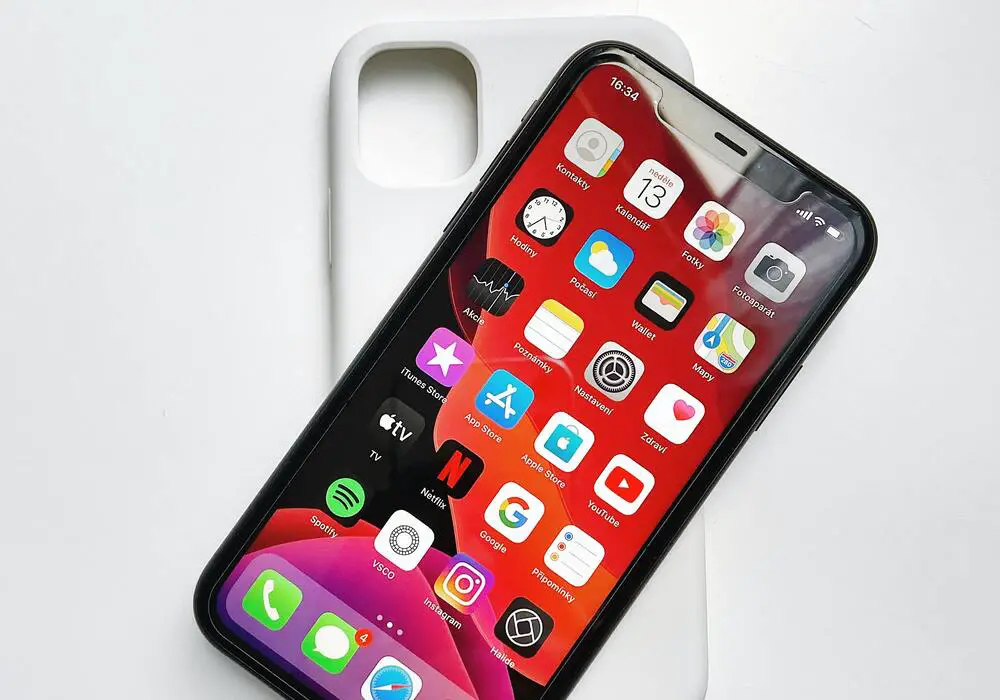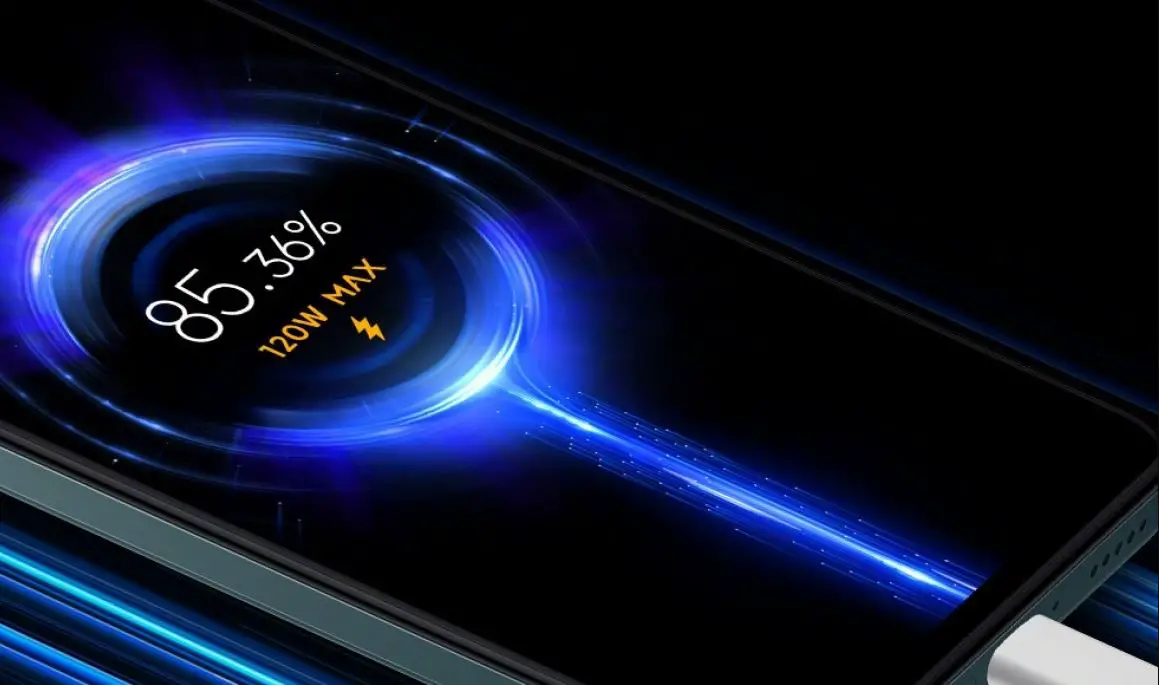Jailbreak is a software installation process that takes advantage of the flaws in a locked electronic device and is different from the software offered by the manufacturer for that device. Jailbreak allows the owner of the device to have full root access to the operating system and access all its features.
Table of Contents
What is jailbreak?
The term jailbreak is mainly used in connection with the iPhone, which is now considered “the most blocked” mobile device on the market. Early versions of the iPhone did not have an app store, and the iOS interface was much more limited than what was available.
In the US, the first iteration of the product only allowed access to the AT&T network, and users who wanted to use other carriers could only do so by jailbreaking the iPhone.
Apple’s isolated approach to software has always been at odds with the wide array of customization options offered by the Android operating system. Many jailbreakers are driven mainly by the desire to make iOS more like Android. Jailbreaking was and remains a method of installing unapproved Apple apps and customizing the interface.
Since its initial release, the term jailbreak has always been used to tailor code to other devices, from phones to game consoles.
Some use it to install proprietary software on mobile devices or to remove Digital Rights Management (DRM) restrictions from movies. However, the term is often used in connection with Apple products. In addition to iPhones, iPad and iPod Touch devices can also be jailbroken.
The term jailbreak is sometimes used synonymously with “cracking” (related to software) and “rooting” (related to phones). It can be considered as the Android version of jailbreaking, as rooting aims to circumvent the protections adopted by manufacturers to install different operating systems.
Jailbreaking does not change the core features of the device, and a jailbroken iPhone or iPad can still download apps from the Apple app store.
However, independent app stores are required to download apps rejected by Apple or to take advantage of the extra features jailbreaking offers. The most popular among these is Cydia, an app showcase for jailbroken iOS devices that is usually installed directly during the jailbreak process.

How does jailbreak work?
Jailbreak does not change the basic functions of the device, and a jailbroken iPhone or iPad can still purchase and download applications from the Apple App Store.
However, jailbroken devices rely on independent app stores to download apps rejected by Apple or take advantage of the additional features jailbreak offers. The most popular of these is Cydia, which is usually installed directly during the jailbreak process.
The unlock code is often provided for free on forums and sites by hacker communities who want to encourage unlimited use of devices. Most jailbreaks come with full instructions and desktop tools for implementing the new code, but a little bit of technical knowledge usually helps.
What are the risks of jailbreak?
The main problems and risks of iOS jailbreak at a glance:
- Jailbreak may harm the system by compromising the functionality of iOS.
- The system is more vulnerable to malware and spyware.
- The damage potential of malware and spyware increases.
- The warranty of the device may be void.
- Upgrading to new iOS versions is not easy.
- Your sensitive data can be hacked easily.
- Online purchases on apps with jailbroken smartphone may cause your card info to be shared.
What is the benefit of jailbreaking for iPad and iPhone users?
The main advantages and features of jailbreak on iPad, iPhone and iPod at a glance:
- Installation and use of third-party applications that are not available in the App Store
- Appearance customization (icons, start animation etc.)
- Access to confidential iOS system files
- File sharing between iOS and Android devices
- The ability to eliminate the limitation of Bluetooth connections for transmitting images only
- Ability to uninstall manufacturer-specific standard applications
Be advise: This is just an informative article. Using unapproved or illegal software may carry huge risks.





